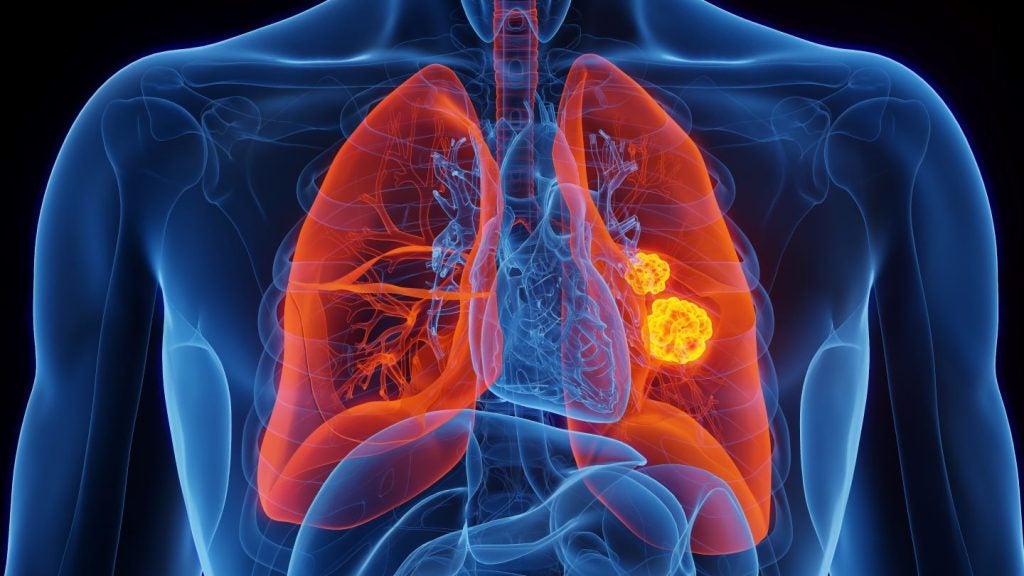Organovo patented a method to assess renal toxicity of therapeutic agents using a three-dimensional, engineered, bioprinted, biological renal tubule model. The model consists of renal interstitial tissue and renal epithelial tissue, allowing for measurement of viability and functionality of renal tubular epithelial cells to determine toxicity. GlobalData’s report on Organovo gives a 360-degree view of the company including its patenting strategy. Buy the report here.
According to GlobalData’s company profile on Organovo, 3D Bioprinting was a key innovation area identified from patents. Organovo's grant share as of January 2024 was 36%. Grant share is based on the ratio of number of grants to total number of patents.
3d bioprinted renal tissue for assessing renal toxicity of agents
A recently granted patent (Publication Number: US11867689B2) outlines a method for assessing the renal toxicity of therapeutic agents using a three-dimensional, engineered, bioprinted, biological renal tubule model. The method involves contacting the therapeutic agent with the model, which consists of layers of renal interstitial tissue and renal epithelial tissue containing specific cell types. By measuring the viability or functionality of the renal tubular epithelial cells, the method allows for the assessment of renal toxicity based on the observed effects on these cells. The patent emphasizes the importance of using cells from subjects with diseases affecting kidney function, such as polycystic kidney disease, diabetes mellitus type II, or renal cell carcinoma, in the model to accurately evaluate the impact of therapeutic agents.
Furthermore, the patent details additional methods for testing the viability of renal tubular epithelial cells and the effect of therapeutic agents on renal transport molecules using the same bioprinted renal tubule model. By measuring gamma glutamyl-transferase (GGT) activity and transport molecule activity in the model, researchers can gain insights into the potential renal toxicity of various therapeutic agents. The inclusion of a basement membrane layer and the specific ratios of fibroblasts to endothelial cells in the model are highlighted as crucial factors for accurate assessments. The patent underscores the importance of utilizing a model that closely mimics the biological environment of the kidney to enhance the reliability of toxicity assessments and transport molecule studies in the field of renal research.
To know more about GlobalData’s detailed insights on Organovo, buy the report here.
Premium Insights
From

The gold standard of business intelligence.
Blending expert knowledge with cutting-edge technology, GlobalData’s unrivalled proprietary data will enable you to decode what’s happening in your market. You can make better informed decisions and gain a future-proof advantage over your competitors.




